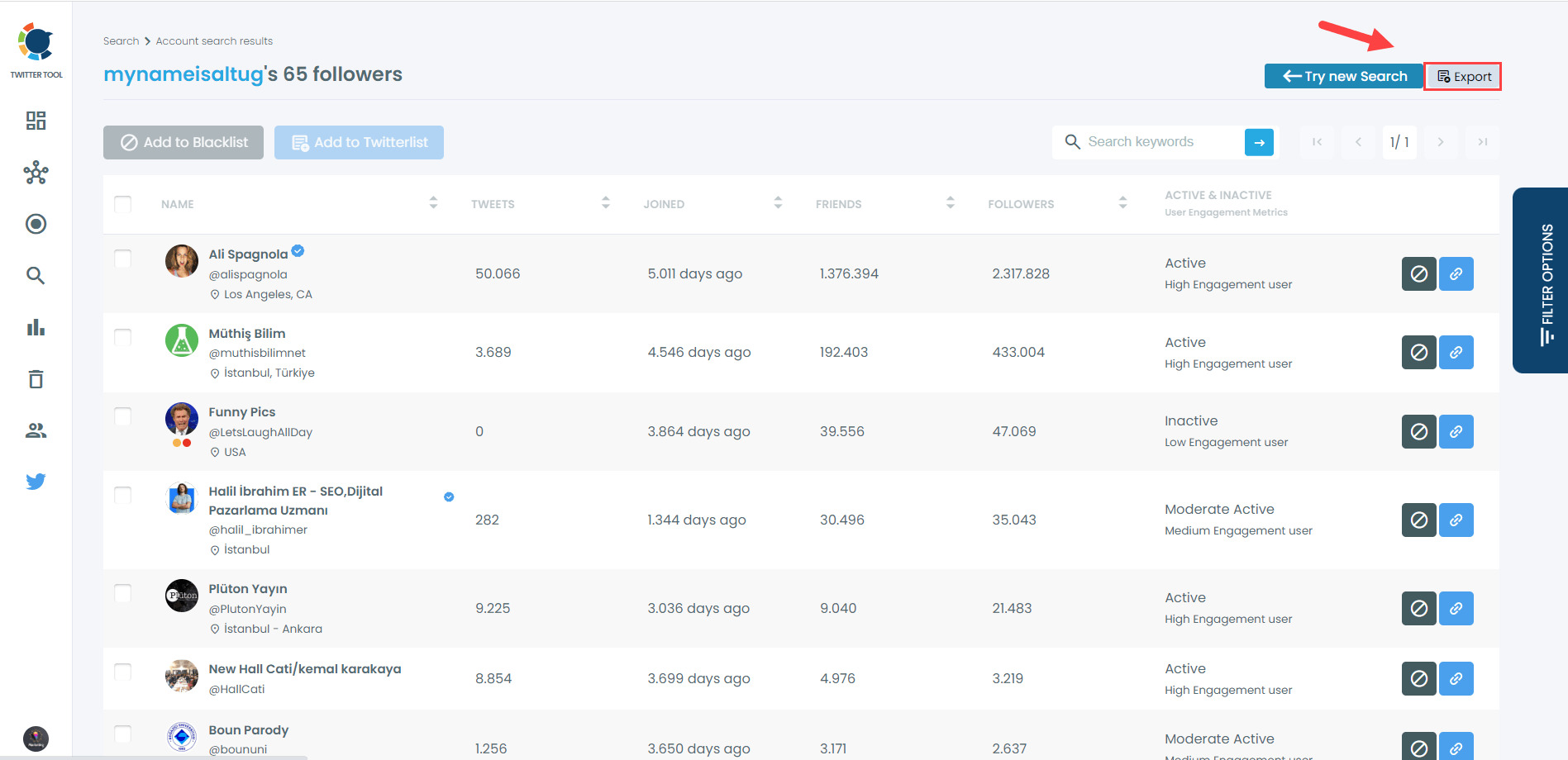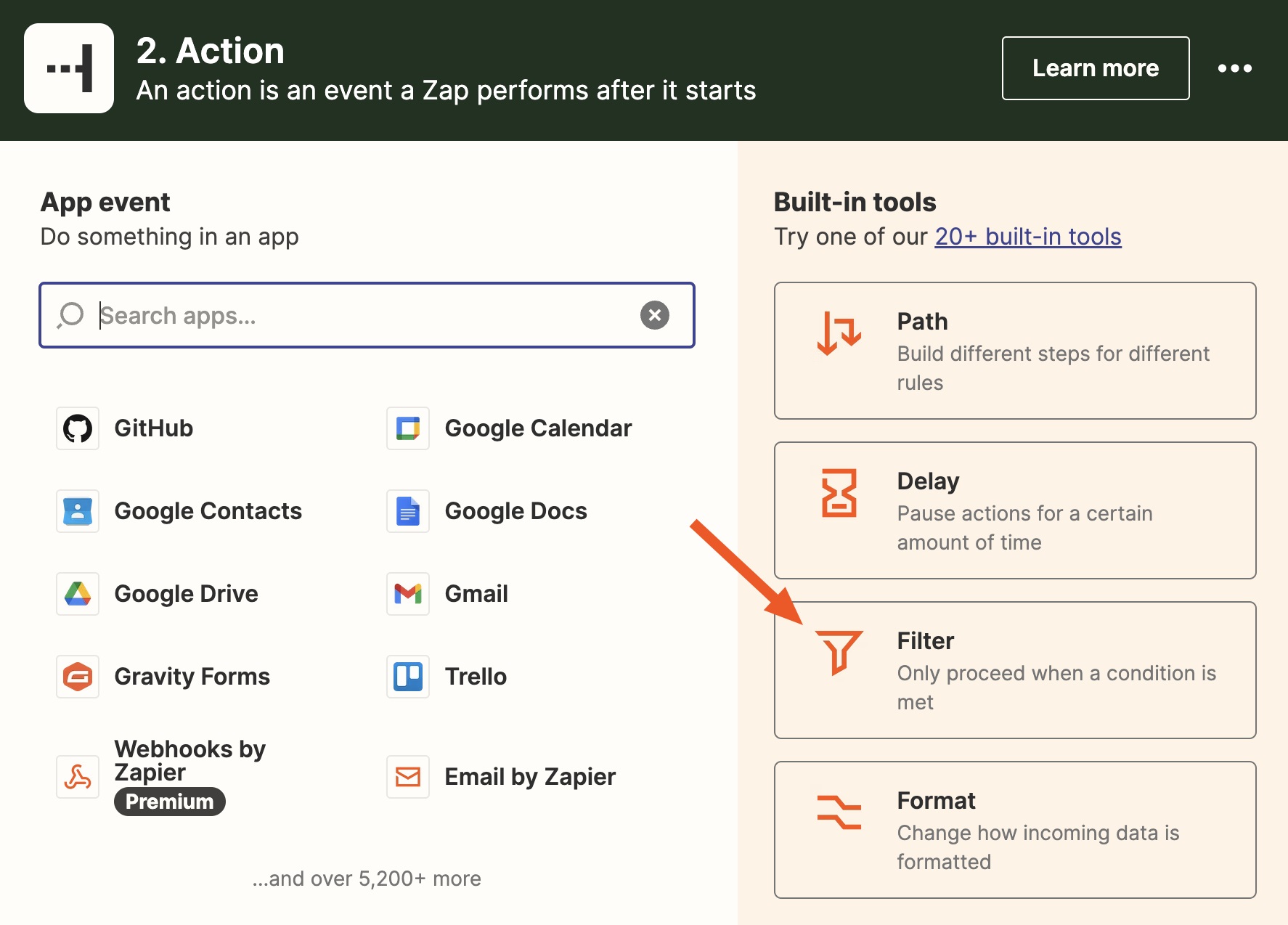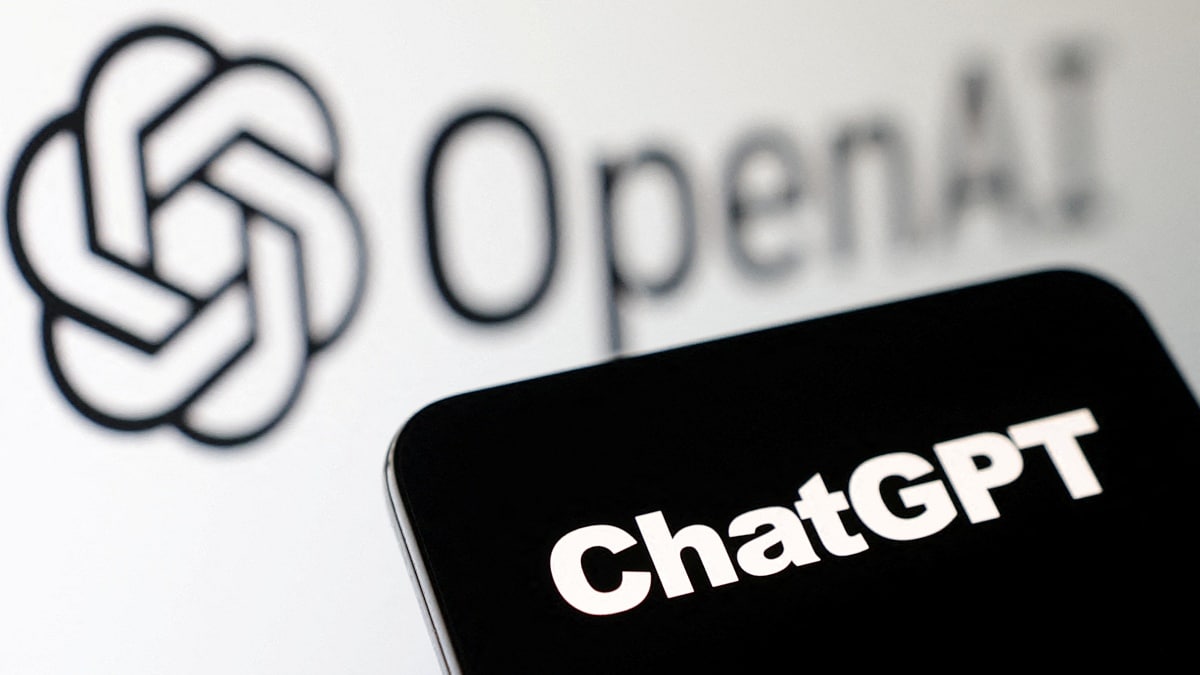Introduction
Welcome to the world of tokenization in Python! Tokenization is an essential technique in natural language processing and text analysis. It involves breaking down a sequence of text into smaller components called tokens. These tokens can be words, sentences, or even characters, depending on the level of granularity required. Tokenization plays a crucial role in tasks such as text preprocessing, information retrieval, and language understanding.
Tokenization is important because it serves as the first step in many text analysis processes. By breaking down text into tokens, we can better understand its structure and meaning. Tokens act as the building blocks for further analysis, such as counting word frequencies, identifying key terms, or analyzing the syntactic structure of sentences.
Python provides several powerful libraries and tools for tokenization, each with its own unique features and capabilities. In this article, we will explore some of the most commonly used libraries for tokenization in Python and learn how to use them in your own projects.
What is Tokenization
Tokenization is the process of breaking down a text string into smaller individual units called tokens. These tokens can be words, sentences, or even characters, depending on the specific task or requirement. Tokenization is a fundamental step in natural language processing (NLP) and text analysis as it forms the basis for various downstream tasks.
The main goal of tokenization is to divide a text into meaningful elements that can be easily processed and analyzed. Tokens provide the basic units of a text that can be used for tasks like counting frequencies, extracting features, or understanding the structure and meaning of a document. Tokenization is crucial in many NLP applications, including machine translation, sentiment analysis, named entity recognition, and text classification.
There are various tokenization techniques, each with its own approach and considerations. Some common forms of tokenization include:
- Word Tokenization: This technique breaks a text into individual words based on whitespace or punctuation marks as delimiters. For example, the sentence “I love natural language processing” would be tokenized into [“I”, “love”, “natural”, “language”, “processing”].
- Sentence Tokenization: This technique splits a text into sentences based on punctuation marks like periods, question marks, or exclamation marks. For example, the paragraph “I love natural language processing. It’s fascinating!” would be tokenized into [“I love natural language processing”, “It’s fascinating”].
- Character Tokenization: This technique divides a text into individual characters. It is useful when analyzing languages that don’t have distinct word boundaries or when character-level information is important, such as in handwriting recognition or spell checking.
Tokenization is a vital preprocessing step in NLP as it helps to convert unstructured text data into a structured format that can be readily analyzed by machines. By breaking down text into tokens, we gain the ability to extract valuable insights, perform statistical analysis, and build models for various text-related tasks.
Why is Tokenization Important
Tokenization plays a crucial role in natural language processing and text analysis for several reasons. Let’s explore why tokenization is important and how it benefits various text-related tasks:
1. Text Understanding: Breaking down a text into tokens allows us to understand its structure and meaning more effectively. By isolating individual words or sentences, we can analyze their context, relationships, and semantic properties. This enables us to extract information, identify patterns, and gain insights from the text.
2. Feature Extraction: Tokens serve as the foundation for feature extraction in text analysis. Extracting relevant features from the tokens can help in tasks like document classification, sentiment analysis, or topic modeling. By tokenizing text, we can extract word frequencies, n-grams, or other linguistic features that contribute to the understanding of the text.
3. Text Preprocessing: Tokenization is a crucial step in text preprocessing. It allows us to handle and clean the text effectively. By tokenizing, we can remove unwanted characters, punctuation marks, or stopwords, and normalize the text for further analysis. It also helps in stemming and lemmatization, which reduce words to their base forms for better analysis.
4. Information Retrieval: Tokenization is essential for indexing and retrieval of documents in information retrieval systems. By tokenizing documents, we can create an index that maps each token to the relevant documents or positions. This allows for efficient searching, ranking, and retrieval of information when performing keyword-based queries.
5. Language Model Training: Tokenization is crucial for training language models or building language models. Tokens help in representing the vocabulary or the language’s basic building blocks. Language models rely on tokens to learn probabilities, predict the next word, or generate coherent sentences.
6. Text Visualization: Tokenization aids in visualizing and understanding textual data through various methods like word clouds, word frequency plots, or sequence diagrams. By tokenizing the text, we can better visualize word distributions, co-occurrence patterns, or topic clusters, which assist in gaining a deeper understanding of the data.
Overall, tokenization is important because it provides the foundation for effective text analysis. It enables us to understand the structure and meaning of text, extract relevant features, preprocess the data, retrieve information, train language models, and visualize text. By breaking down text into smaller units, tokenization empowers NLP and text analysis tasks with enhanced accuracy, efficiency, and interpretability.
Tokenization Techniques in Python
Python offers several powerful libraries and tools for tokenization, each with its unique features and capabilities. Let’s explore some commonly used tokenization techniques in Python:
1. NLTK (Natural Language Toolkit): NLTK is a popular library for NLP tasks in Python. It provides various tokenization methods, such as word tokenization, sentence tokenization, and regular expression-based tokenization. NLTK also offers additional functionalities like stemming, lemmatization, and part-of-speech tagging.
2. spaCy: spaCy is a modern and efficient NLP library that provides excellent tokenization capabilities. It can handle complex tokenization tasks, such as differentiating words from punctuation marks or splitting contractions. spaCy also offers advanced features like named entity recognition, dependency parsing, and text classification.
3. TextBlob: TextBlob is a user-friendly library built on top of NLTK. It provides a simple and intuitive API for various NLP tasks, including tokenization. TextBlob offers out-of-the-box tokenization methods for words and sentences. It also includes other features like noun phrase extraction, sentiment analysis, and language translation.
4. Gensim: Gensim is a library specifically designed for topic modeling and document similarity analysis. It provides tokenization as part of its text preprocessing functionalities. Gensim offers both basic tokenization techniques and more advanced methods like n-gram tokenization and stopword removal.
5. CoreNLP: CoreNLP is a powerful library developed by Stanford that provides robust tokenization capabilities. It supports tokenization in multiple languages and can handle various tokenization challenges, such as handling noisy or unformatted text. CoreNLP also offers features like named entity recognition, sentiment analysis, and syntax parsing.
When choosing a tokenization technique in Python, consider the specific requirements of your project, the complexity of the text, and the additional functionalities needed. It’s also helpful to evaluate the performance and efficiency of the libraries for your specific use case.
By leveraging these powerful tokenization libraries and techniques in Python, you can efficiently tokenize your text data and unlock its full potential for analysis, understanding, and machine learning applications.
Tokenizing Text with the NLTK Library
The NLTK (Natural Language Toolkit) is a widely-used library in Python for natural language processing (NLP) tasks. It offers a range of tokenization methods to break down text into meaningful units. Let’s explore how to tokenizetext using the NLTK library:
Word Tokenization: The NLTK library provides a tokenizer called `word_tokenize` that can split a text into individual words. It takes a string as input and returns a list of tokens, where each token represents a word. Here’s an example:
python
import nltk
from nltk.tokenize import word_tokenize
text = “Tokenization is an important technique in natural language processing.”
tokens = word_tokenize(text)
print(tokens)
The output will be:
python
[‘Tokenization’, ‘is’, ‘an’, ‘important’, ‘technique’, ‘in’, ‘natural’, ‘language’, ‘processing’, ‘.’]
Sentence Tokenization: NLTK provides a tokenizer called `sent_tokenize` that can split a text into individual sentences. It breaks the text based on punctuation marks or specific patterns indicative of the end of a sentence. Here’s an example:
python
import nltk
from nltk.tokenize import sent_tokenize
text = “Tokenization is an important technique. It helps in natural language processing.”
sentences = sent_tokenize(text)
print(sentences)
The output will be:
python
[‘Tokenization is an important technique.’, ‘It helps in natural language processing.’]
Regular Expression Tokenization: NLTK also allows for tokenization using regular expressions. This method provides greater flexibility in defining the patterns for tokenization. You can create custom tokenizers by specifying the regular expression pattern. Here’s an example:
python
import nltk
from nltk.tokenize import RegexpTokenizer
tokenizer = RegexpTokenizer(r’\w+’)
text = “Tokenization is an important technique in natural language processing.”
tokens = tokenizer.tokenize(text)
print(tokens)
The output will be:
python
[‘Tokenization’, ‘is’, ‘an’, ‘important’, ‘technique’, ‘in’, ‘natural’, ‘language’, ‘processing’]
The NLTK library also offers additional functionalities for tokenization, such as stemming, lemmatization, and POS tagging, which can be useful for further analysis of the tokens.
By utilizing the tokenization capabilities of the NLTK library, you can effectively break down text into individual words or sentences, facilitating various NLP tasks like text analysis, feature extraction, and language understanding.
Tokenizing Text with the spaCy Library
spaCy is a powerful and efficient library for natural language processing (NLP) tasks in Python. It offers high-performance tokenization capabilities along with other advanced features. Let’s explore how to tokenize text using the spaCy library:
Installation: Before using spaCy, you need to install it using pip:
python
pip install spacy
Next, you need to download the specific language model for tokenization. For example, if you want to tokenize English text, you can use the following command:
python
python -m spacy download en_core_web_sm
Tokenization: Once spaCy is installed and the language model is downloaded, you can start tokenizing text. Here’s an example:
python
import spacy
nlp = spacy.load(“en_core_web_sm”)
text = “Tokenization is an important technique in natural language processing.”
doc = nlp(text)
tokens = [token.text for token in doc]
print(tokens)
The output will be:
python
[‘Tokenization’, ‘is’, ‘an’, ‘important’, ‘technique’, ‘in’, ‘natural’, ‘language’, ‘processing’, ‘.’]
spaCy’s tokenizer not only splits the text into words but also handles other aspects like punctuation, contractions, and compound words intelligently.
spaCy also provides additional token attributes, such as part-of-speech tags, dependencies, and named entities. You can access these attributes for further analysis or text understanding:
python
for token in doc:
print(token.text, token.pos_, token.dep_)
The output will display each token along with its part-of-speech tag and dependency:
Tokenization NOUN nsubj
is AUX ROOT
an DET det
important ADJ amod
technique NOUN attr
in ADP prep
natural ADJ amod
language NOUN compound
processing NOUN pobj
. PUNCT punct
spaCy’s tokenization is highly efficient and capable of handling complex tokenization scenarios. It also provides models for multiple languages, making it a versatile tool for NLP tasks.
By leveraging the tokenization capabilities of the spaCy library, you can effectively tokenize and analyze text for various NLP applications, including information extraction, named entity recognition, and syntactic analysis.
Tokenizing Text with the TextBlob Library
The TextBlob library is a user-friendly and intuitive library built on top of NLTK (Natural Language Toolkit). It provides a simple API for common natural language processing (NLP) tasks, including tokenization. Let’s see how to tokenize text using the TextBlob library:
Installation: Before using TextBlob, you need to install it using pip:
python
pip install textblob
Tokenization: After installing TextBlob, you can start tokenizing text using the `word_tokenize` and `sent_tokenize` methods. Here’s an example:
python
from textblob import TextBlob
text = “Tokenization is an important technique. It helps in natural language processing.”
blob = TextBlob(text)
# Word Tokenization
words = blob.words
print(words)
# Sentence Tokenization
sentences = blob.sentences
print(sentences)
The output will be:
python
[‘Tokenization’, ‘is’, ‘an’, ‘important’, ‘technique’, ‘It’, ‘helps’, ‘in’, ‘natural’, ‘language’, ‘processing’]
[Sentence(“Tokenization is an important technique.”), Sentence(“It helps in natural language processing.”)]
TextBlob provides separate methods for word tokenization (`words`) and sentence tokenization (`sentences`). It automatically handles common cases like splitting sentences based on punctuation marks and words based on white spaces.
TextBlob also allows you to access additional properties of each token, such as part-of-speech tags, noun phrase chunks, and base forms (lemmas). Here’s an example:
python
# Part-of-speech tags
pos_tags = [(word, tag) for word, tag in blob.tags]
print(pos_tags)
# Noun Phrase Chunks
noun_phrases = blob.noun_phrases
print(noun_phrases)
# Lemmatization
lemmas = [word.lemma for word in blob.words]
print(lemmas)
The output will display the part-of-speech tags, noun phrase chunks, and lemmas of the tokens:
[(‘Tokenization’, ‘NN’), (‘is’, ‘VBZ’), (‘an’, ‘DT’), (‘important’, ‘JJ’), (‘technique’, ‘NN’), (‘It’, ‘PRP’), (‘helps’, ‘VBZ’), (‘in’, ‘IN’), (‘natural’, ‘JJ’), (‘language’, ‘NN’), (‘processing’, ‘NN’)] [‘tokenization’, ‘important technique’, ‘natural language processing’] [‘Tokenization’, ‘is’, ‘an’, ‘important’, ‘technique’, ‘It’, ‘help’, ‘in’, ‘natural’, ‘language’, ‘processing’]TextBlob’s tokenization is straightforward to use and provides additional linguistic properties of each token. It’s a convenient choice for quick NLP tasks and beginners in the field.
By utilizing the tokenization capabilities of the TextBlob library, you can easily tokenize text and access relevant properties for tasks like sentiment analysis, part-of-speech tagging, and basic text understanding.
Tokenizing Text with the Gensim Library
The Gensim library is a powerful tool for topic modeling and text similarity analysis in Python. It also provides tokenization functionalities as part of its text preprocessing capabilities. Let’s explore how to tokenize text using the Gensim library:
Installation: Before using Gensim, you need to install it using pip:
python
pip install gensim
Tokenization: Gensim offers tokenization methods as part of its preprocessing module. Here’s an example of how to tokenize text using Gensim:
python
from gensim.utils import tokenize
text = “Tokenization is an important technique in natural language processing.”
tokens = list(tokenize(text, lowercase=True))
print(tokens)
The output will be:
python
[‘tokenization’, ‘is’, ‘an’, ‘important’, ‘technique’, ‘in’, ‘natural’, ‘language’, ‘processing’]
Gensim’s `tokenize` function splits the text into individual tokens by considering white spaces, punctuation marks, and other delimiters. The `lowercase=True` argument converts all tokens to lowercase.
Gensim also provides other useful tokenization methods, such as n-gram tokenization, stopword removal, and stemming. Here’s an example that demonstrates these features:
python
from gensim.parsing.preprocessing import preprocess_string, remove_stopwords, stem_text
text = “Tokenization is an important technique in natural language processing.”
tokens = preprocess_string(text, filters=[remove_stopwords, stem_text])
print(tokens)
The output will be:
python
[‘token’, ‘import’, ‘techniqu’, ‘natur’, ‘languag’, ‘process’]
In the above example, the `preprocess_string` function performs tokenization, removes stopwords, and applies stemming to the tokens.
By utilizing the tokenization capabilities of the Gensim library, you can preprocess your text data effectively for topic modeling, document similarity analysis, or other NLP tasks. Gensim’s tokenization methods offer flexibility and options for customizing the tokenization process to suit your specific needs.
Conclusion
Tokenization is a fundamental technique in natural language processing (NLP) and text analysis, allowing us to break down a sequence of text into smaller, meaningful units called tokens. It serves as the foundation for various NLP tasks such as information retrieval, sentiment analysis, document classification, and language understanding. Python provides several powerful libraries for tokenization, each with its own unique features and capabilities.
The NLTK library offers a wide range of tokenization techniques, including word tokenization, sentence tokenization, and regular expression-based tokenization. It also provides additional functionalities like stemming, lemmatization, and part-of-speech tagging.
The spaCy library provides efficient and accurate tokenization, handling complex tasks like differentiating words from punctuation marks and splitting contractions. It also offers advanced features like named entity recognition and dependency parsing.
The TextBlob library, built on top of NLTK, provides a simple and intuitive API for tokenization. It allows access to additional properties of tokens, such as part-of-speech tags and noun phrase chunks, for basic text understanding and analysis.
The Gensim library, primarily designed for topic modeling, offers tokenization methods as part of its text preprocessing capabilities. It provides flexibility in handling n-gram tokenization, stopword removal, and stemming.
By leveraging these libraries, developers and data scientists can easily tokenize text data, enabling powerful analysis and understanding of textual content. Tokenization serves as a crucial step in transforming unstructured text into a structured format that can be efficiently processed and analyzed by machines.
Whether you are building chatbots, analyzing customer reviews, or conducting research in natural language processing, mastering the art of tokenization in Python will significantly enhance your ability to extract insights and derive value from textual data.

























